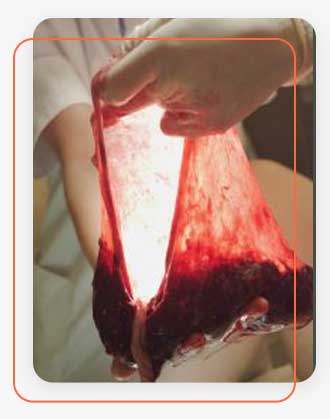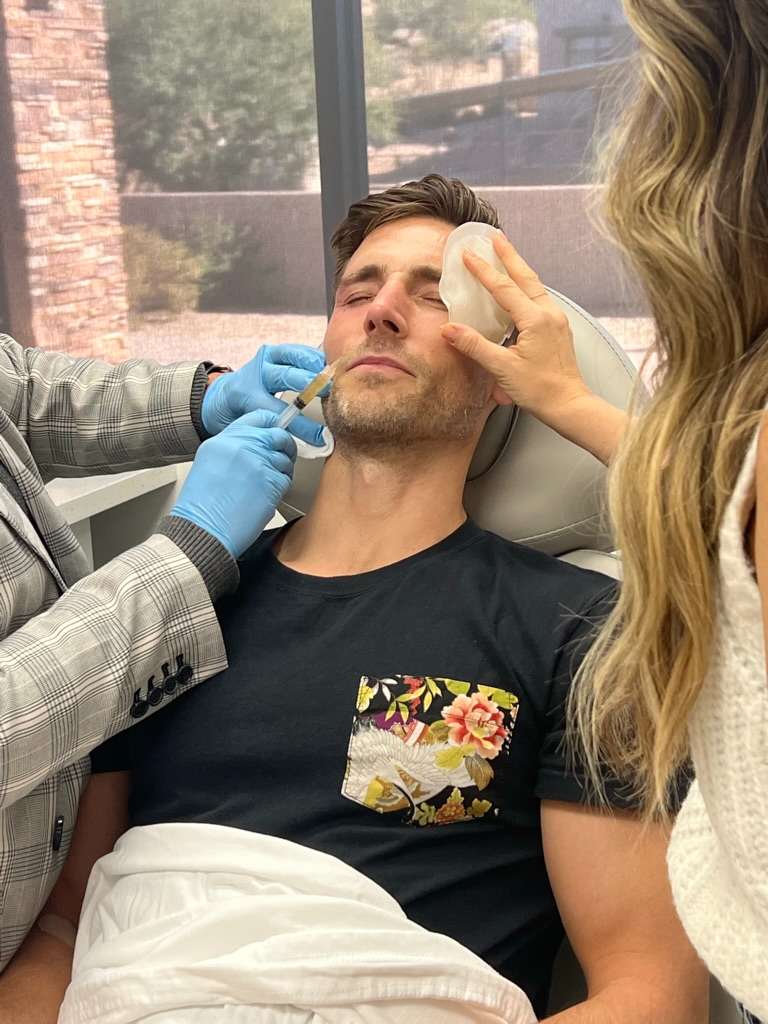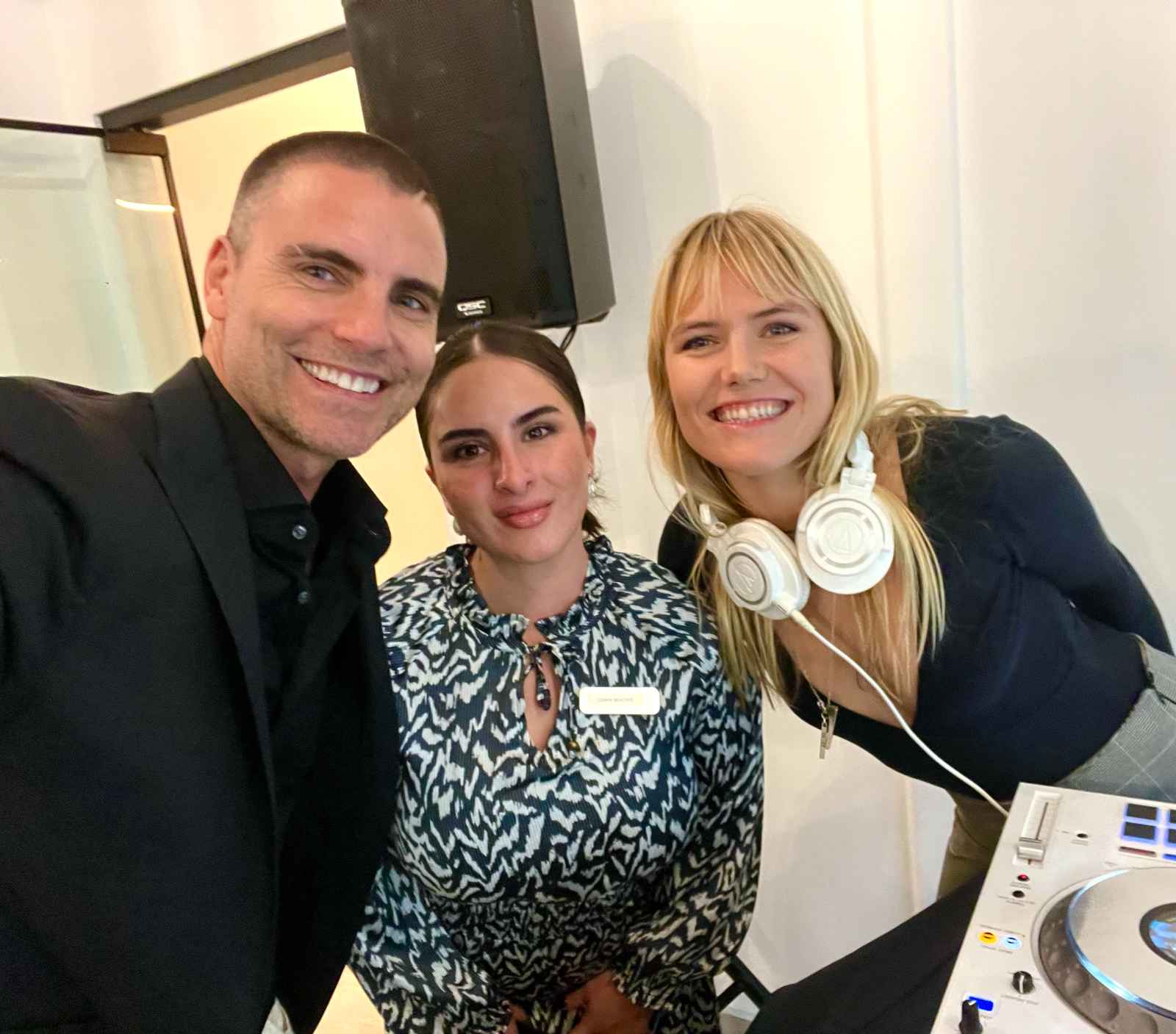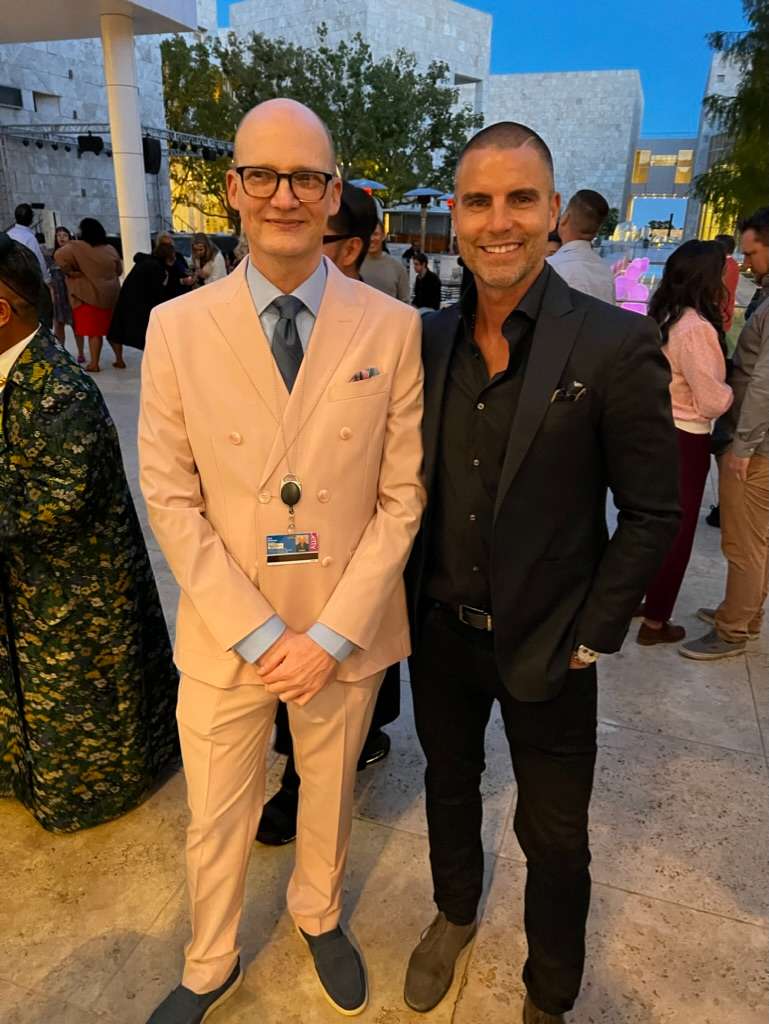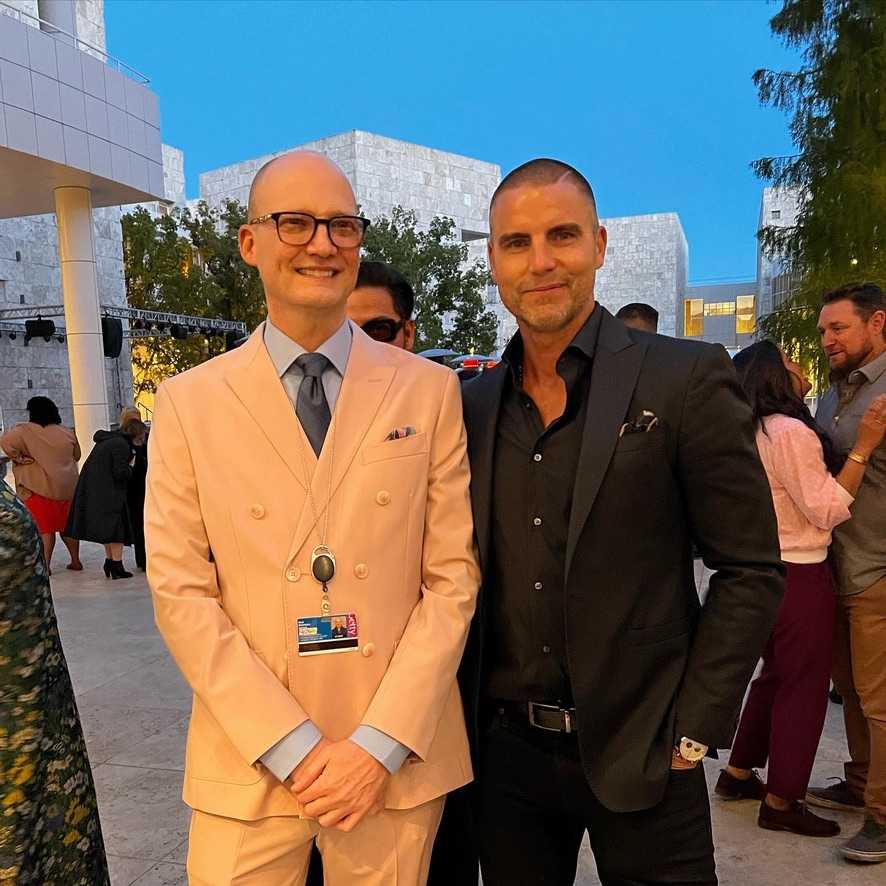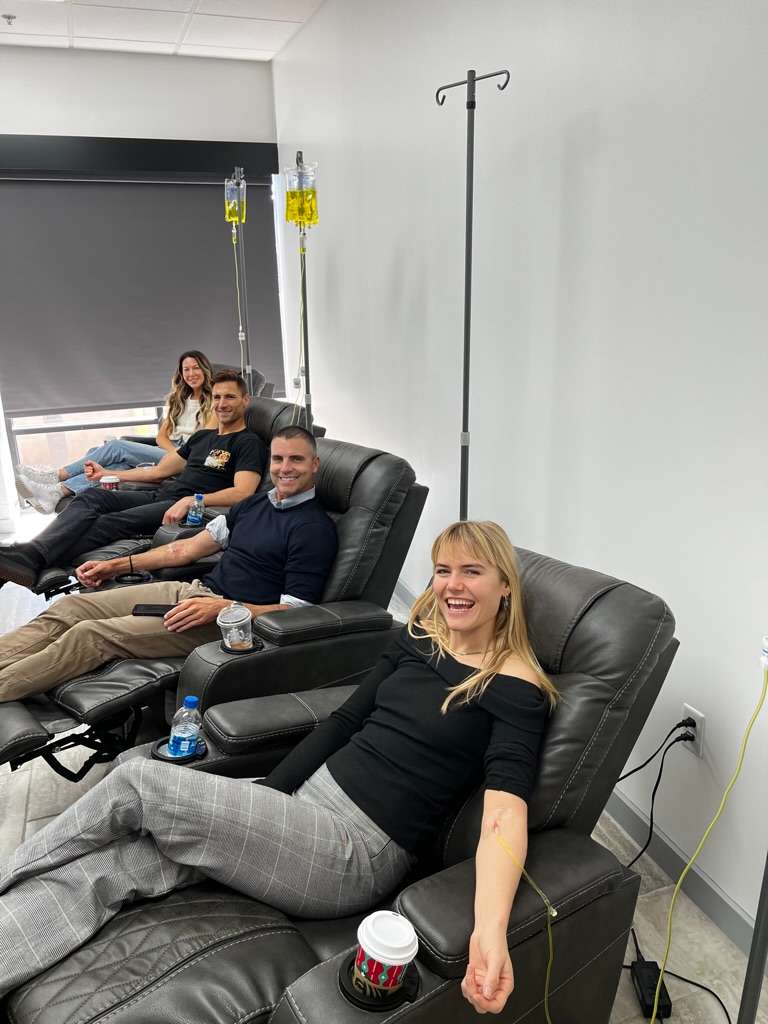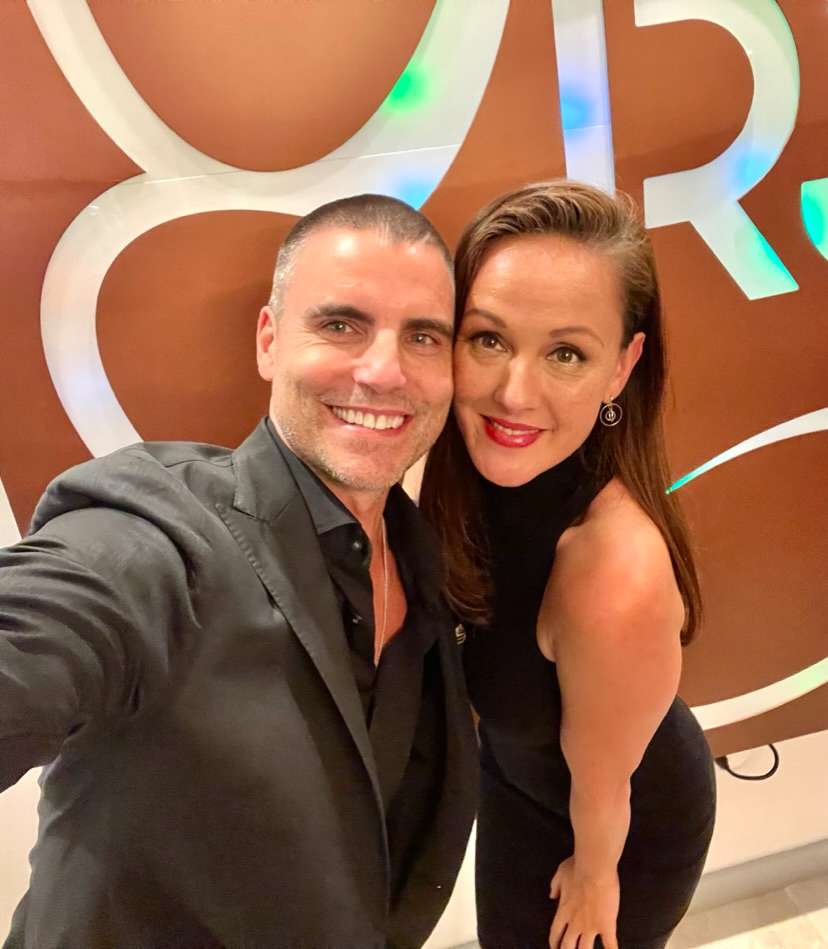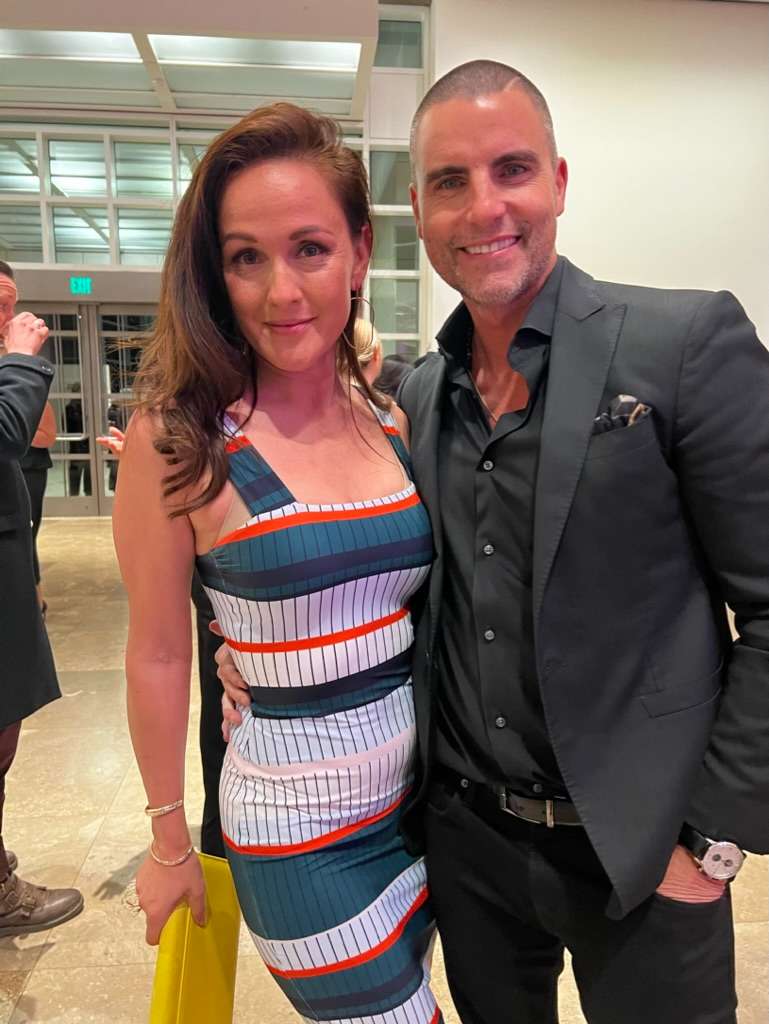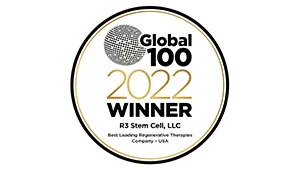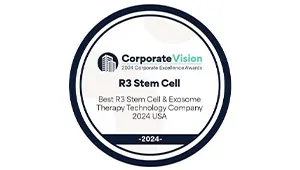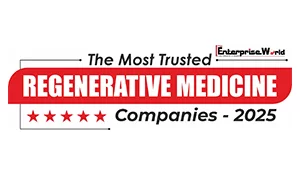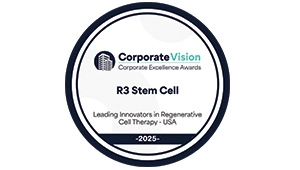No they are not. They are not regulated as drugs, rather they fall into the biologics category. These are regulated heavily by the FDA, but do not get approved or denied.Here is how the FDA regulates things:
Medical devices – joint implants, screws/rods, DME, etc. In the world of regenerative medicine, this only applies to the kits used in PRP, bone marrow or adipose procedures.
Drugs – think of Lipitor, Vicodin, Viagra, etc. These are medications that have gone through a clinical trial and been approved for a specific indication.
Biologics – the FDA strictly regulates how biologic materials are acquired, processed, stored and used under the CFR Part 1271. Amniotic and umbilical materials fall under this category, which does not involve an Approval/Denial process like drugs do.
Specifically, the section under Part 1271 that applies to amniotic/umbilical tissues is Section 361 products, which are not required to be licensed or approved by the FDA and are regulated under Section 361 of the Public Health Service (PHS) Act.

